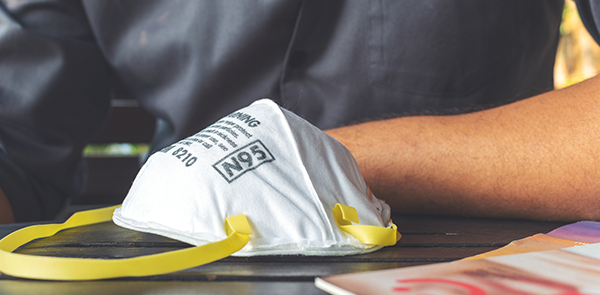On April 7, 2020, the CDC issued revisions to its “Interim Infection Prevention and Control Guidance for Dental Settings During the COVID-19 Response.”
Revisions, according to the CDC statement, include:- Description of risk to dental health care personnel when providing emergency care during the COVID-19 pandemic.
- Recommendations for contacting patients prior to emergency dental care.
- Recommendations for providing emergency dental care to non-COVID-19 patients including engineering controls, work practices and infection control considerations.
- Potential exposure guidance.
- Contingency and crisis planning.
Aligning with the Centers for Medicare & Medicaid Services (CMS) Adult Elective Surgery and Procedures Recommendations, the CDC recommends postponing elective procedures, surgeries, and non-urgent dental visits.
For emergency dental procedures, the guidelines recommend triaging all patients via phone prior to any in-office treatment.
In the recommendations for emergency care, the CDC states, “If a patient must be seen in the dental clinic for emergency care, systematically assess the patient at the time of check-in. The patient should be asked about the presence of symptoms of a respiratory infection and history of travel to areas experiencing transmission of COVID-19 or contact with possible patients with COVID-19.”
This puts dentists in a difficult spot, essentially being instructed to assess patients for a disease that is hard to identify absent a test. In response to the revisions, Paul Goodman, DMD, consultant at Dental Nachos, said in an email, “Now are instructed to play a coronavirus guessing game with our patients. This is quite a difficult guessing game since there are asymptomatic carriers.”
If a patient is without symptoms or temperature, the CDC provides engineering controls, work practices, and infection control considerations. These include, but are not limited to, avoiding aerosol generating procedures when possible and using the highest level of personal protective equipment (PPE) available, including gloves, gown, eye protection, and an N95 or higher-level respirator. At minimum, the CDC guidelines instruct doctors to use of a combination of a surgical mask and a full-face shield.
“If the minimally acceptable combination of a surgical mask and a full-face shield is not available, do not perform any emergency dental care,” the CDC states. “Refer the patient to a clinician who has the appropriate PPE.”
See the full guidelines here.


